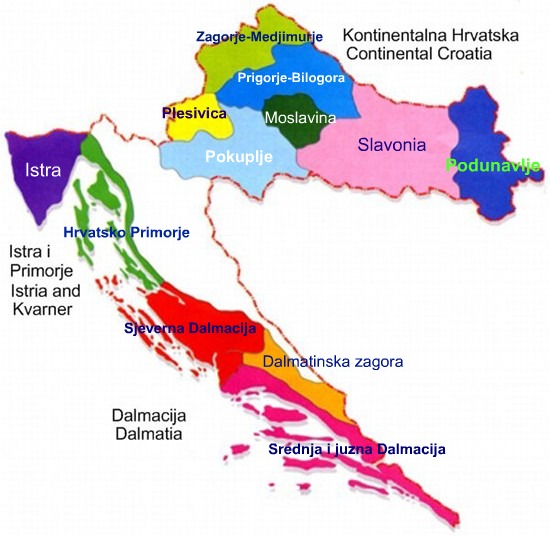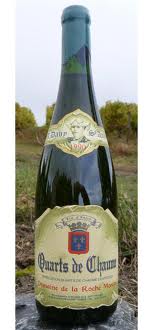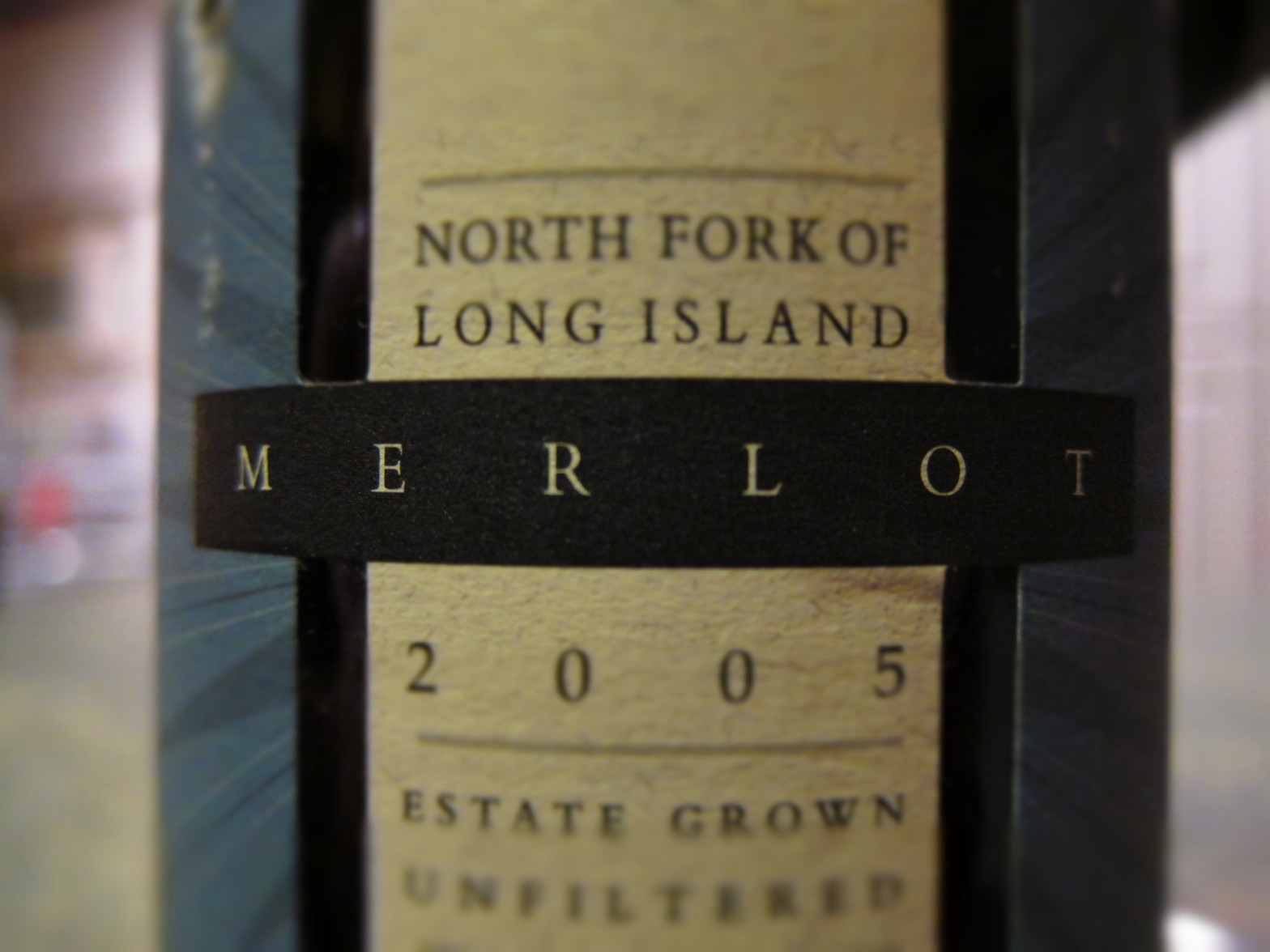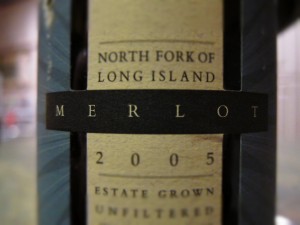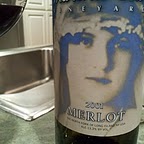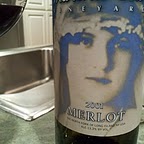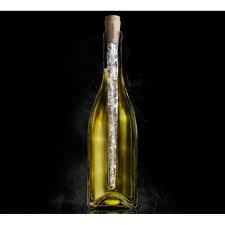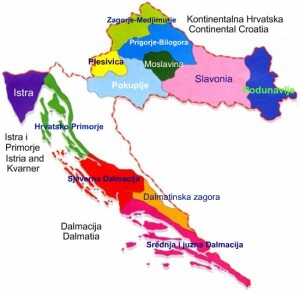 Croatia is hot. Lots of beautiful coastline. A great vacation destination. A burgeoning foodie spot. A long history of making wine.
Croatia is hot. Lots of beautiful coastline. A great vacation destination. A burgeoning foodie spot. A long history of making wine.
Croatia is so hot my brother, who once said he’d be happy to stay in New Jersey for the rest of his life, married a Croatian woman and has visited her family’s home three (or more) times. That’s how hot Croatia is. It’s so hot, it’s been burning for three years.
But don’t take my word for it. Here’s a good article from Bloomberg:
Now, with about 33,000 hectares under vines — still more than double the amount of New Zealand — Croatia is looking to fight its way into a saturated global market when it enters the European Union in 2013. Currently, Croatia exports only 5 percent of its 60 million liters annual production, which helps explain why Croatians are third overall in wine consumption.
Go plavac mali.
If all goes well, I should be visiting this year.
[Image from the great Croatian wine blog Croatian Wines]
